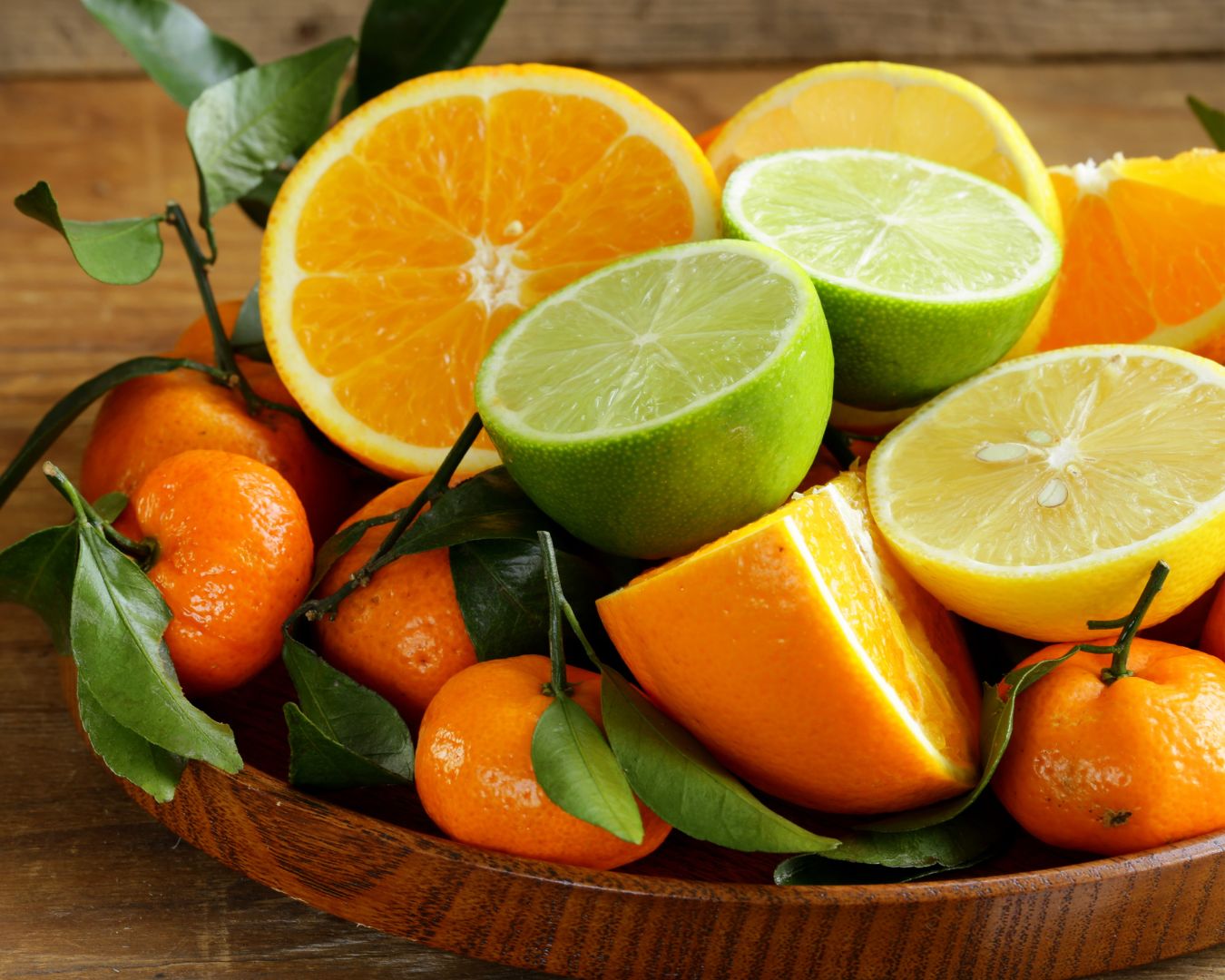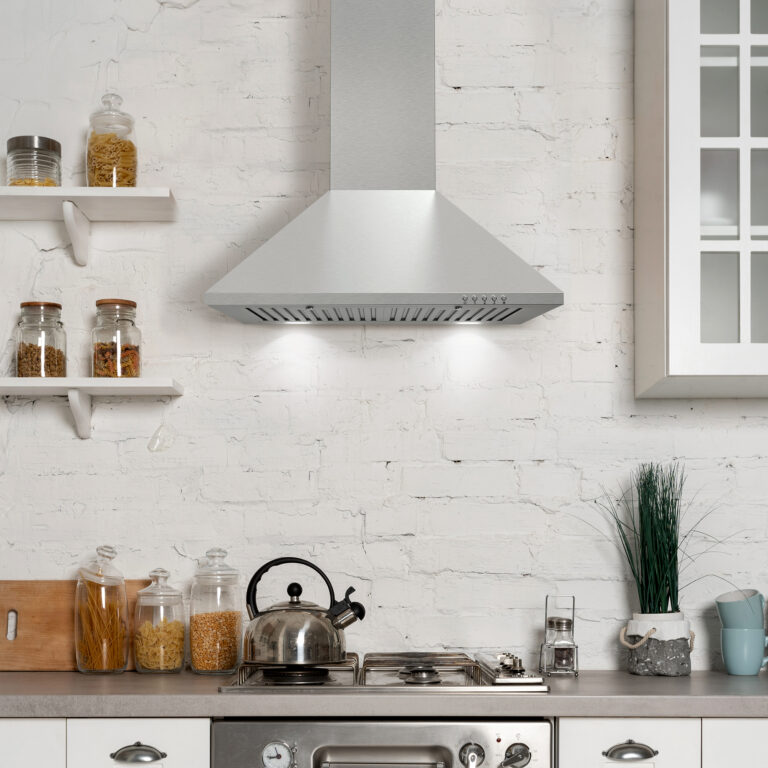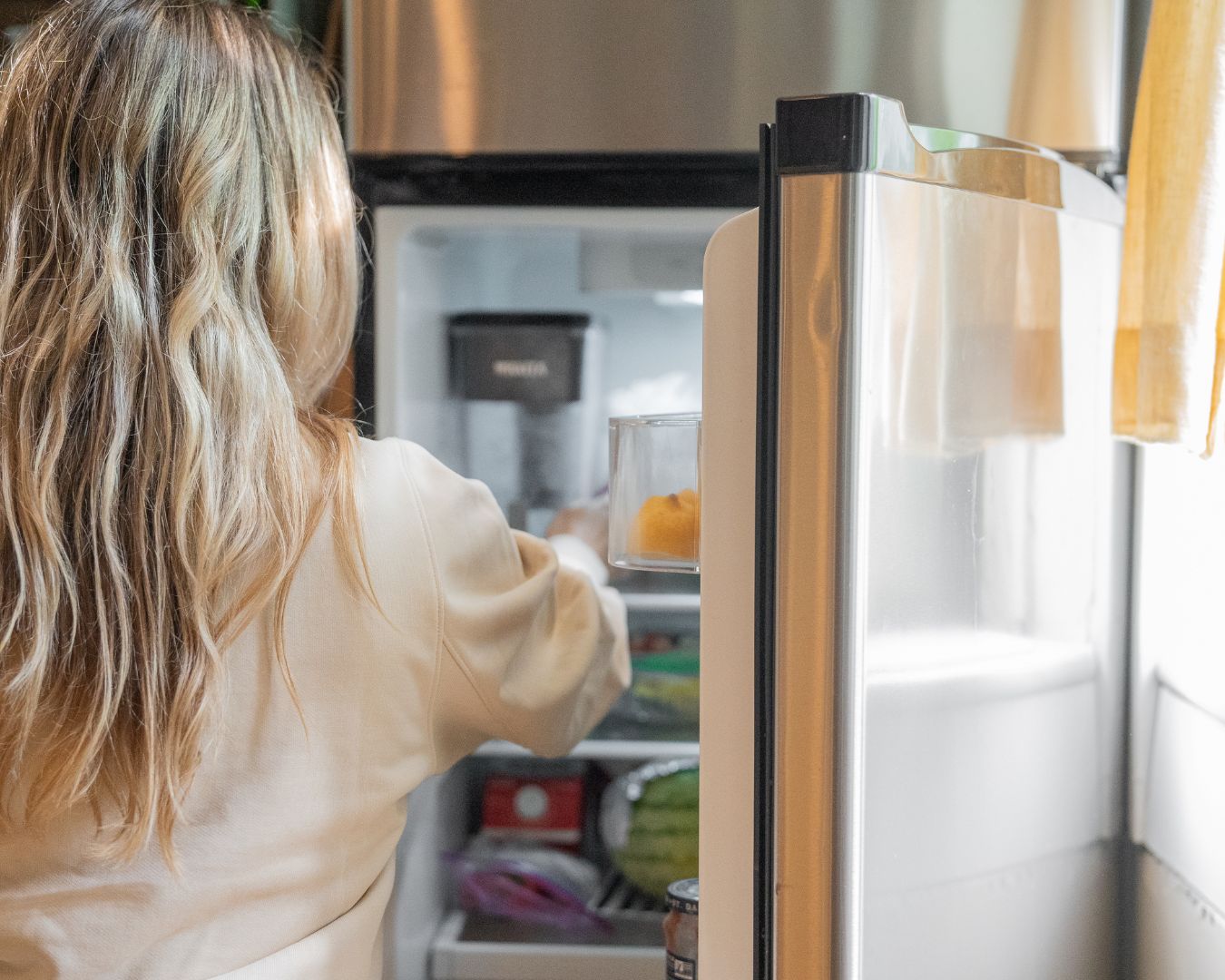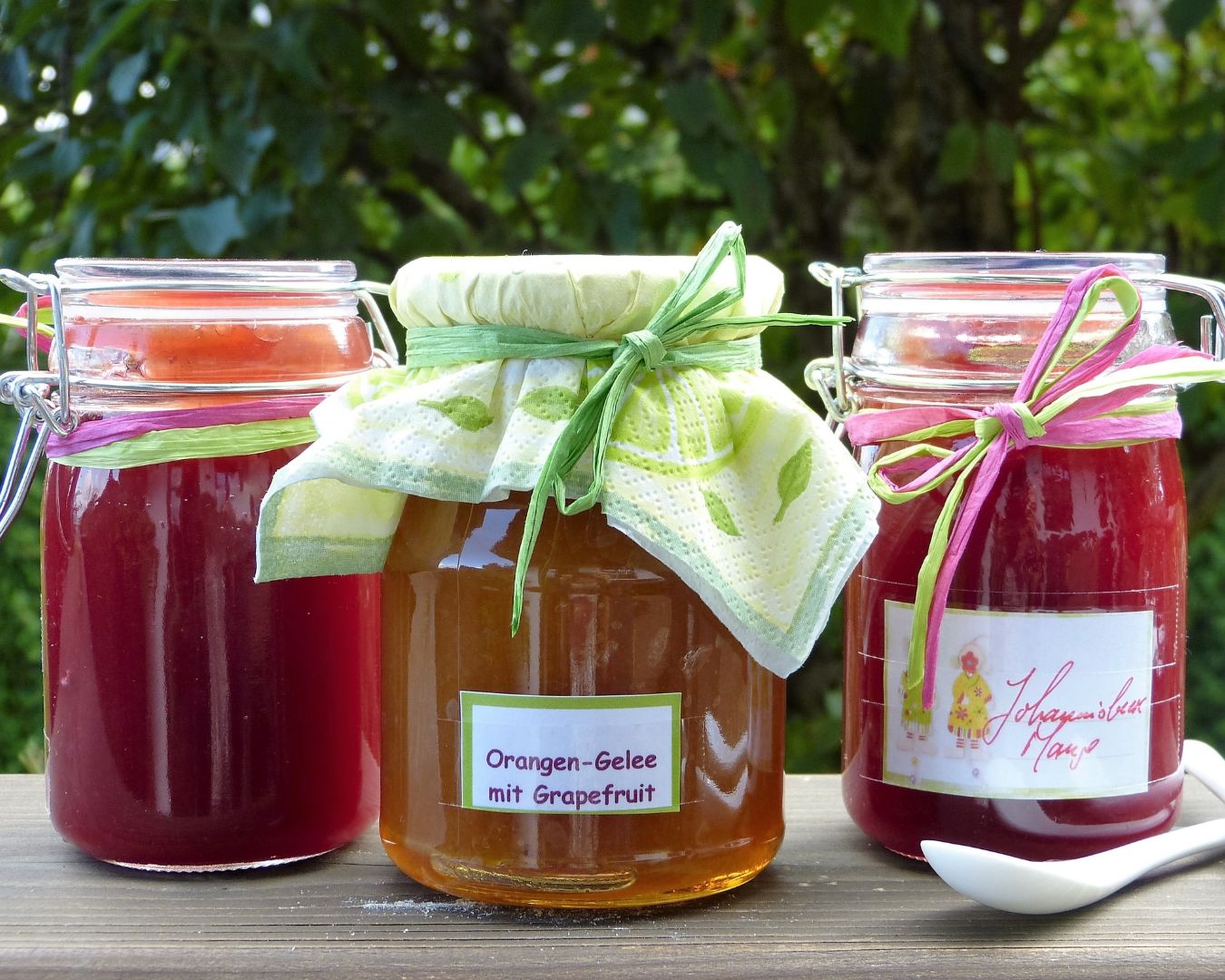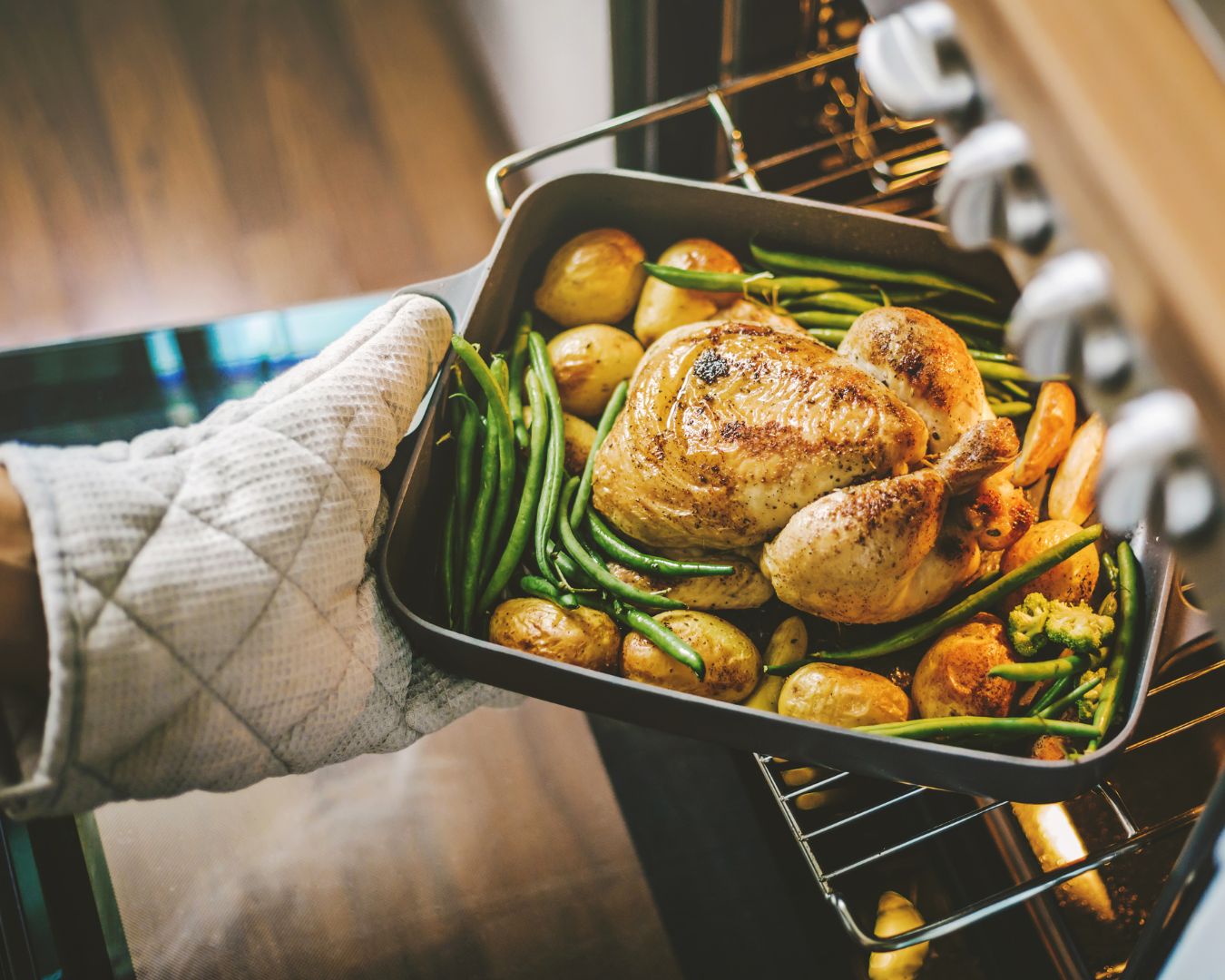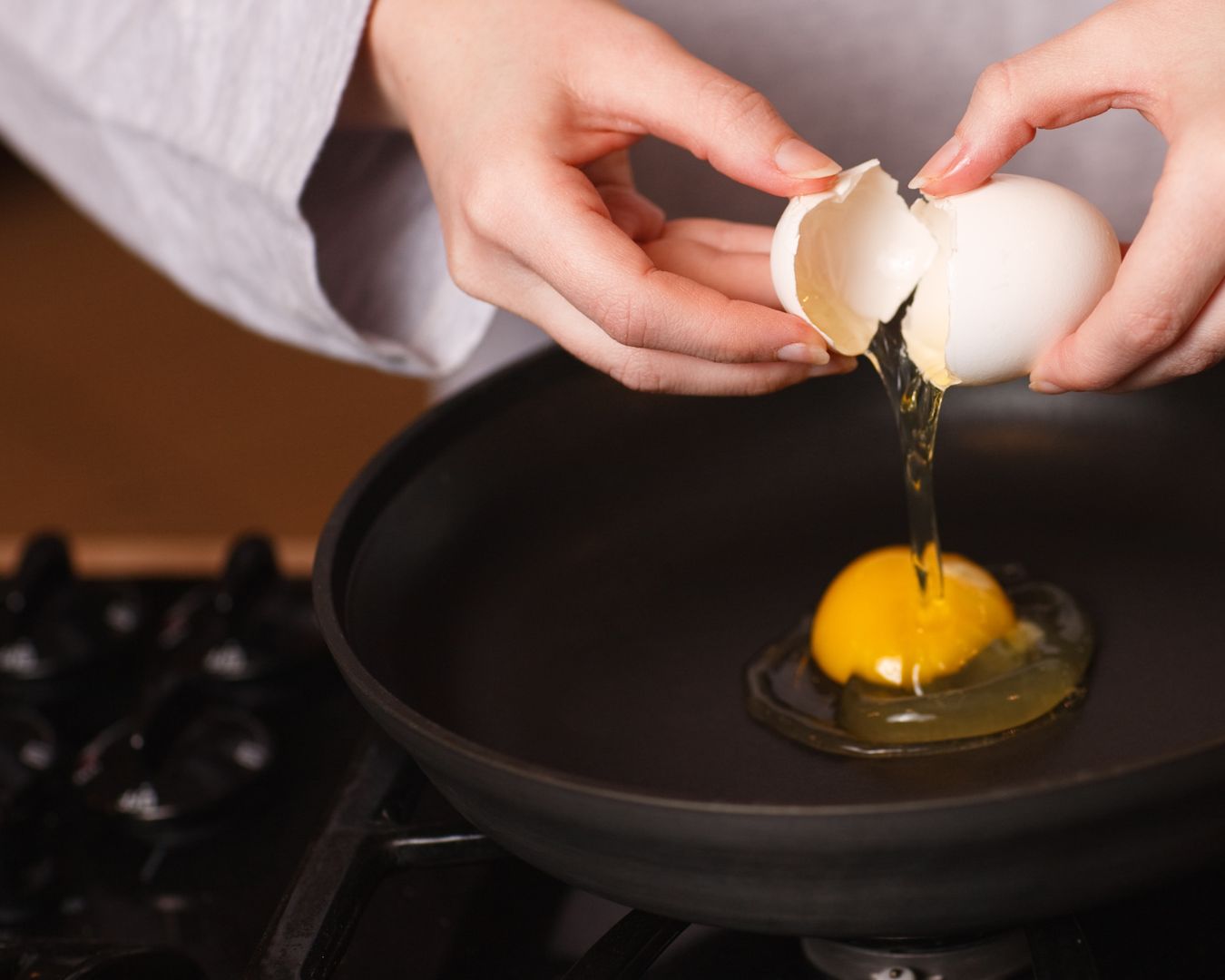The Importance of Sustainability and Reducing Food Waste: A Path to a Greener Future
In today’s world, sustainability is more than just a buzzword; it’s a necessity. As the global population grows and resources become scarcer, the importance of sustainable practices, particularly in food production and consumption, has never been greater. One of the most impactful ways individuals and communities can contribute to sustainability is by reducing food waste. This blog post explores the significance of sustainability and offers practical tips on how to reduce food waste at home. Understanding Sustainability in Food Systems Sustainability in food systems refers to practices that ensure food production, distribution, and consumption have minimal negative impacts on the environment, economy, and society. Sustainable food systems focus on: The Alarming Reality of Food Waste Despite the global emphasis on sustainability, food waste remains a significant challenge. According to the Food and Agriculture Organization (FAO), approximately one-third of all food produced for human consumption is wasted each year. This amounts to about 1.3 billion tons of food, which could feed billions of people. Food waste has serious environmental, economic, and social consequences: Practical Tips for Reducing Food Waste at Home Reducing food waste starts at home, and everyone can make a difference by adopting sustainable practices in their daily lives. Here are some practical tips to help you reduce food waste and contribute to a more sustainable food system: 1. Plan Your Meals Planning your meals in advance is one of the most effective ways to reduce food waste. By creating a weekly meal plan, you can buy only what you need, avoiding impulse purchases that often go to waste. Meal planning also helps you use up ingredients before they spoil. 2. Store Food Properly Proper storage can significantly extend the shelf life of your food. Make sure to store perishable items like fruits, vegetables, and dairy products in the right conditions. For example, keep fruits and vegetables in the crisper drawer of your refrigerator, and store dry goods like grains and cereals in airtight containers. 3. Understand Expiration Dates Many people mistakenly believe that food past its “best by” or “sell by” date is unsafe to eat. In reality, these dates are often indicators of quality, not safety. Use your senses to determine whether food is still good to eat, and don’t be afraid to consume items that are slightly past their labeled dates if they still look, smell, and taste fine. 4. Get Creative with Leftovers Leftovers don’t have to be boring! Get creative in the kitchen by transforming leftovers into new meals. For example, roasted vegetables can be turned into a hearty soup, and stale bread can be used for bread crumbs or croutons. By repurposing leftovers, you can reduce food waste and enjoy a variety of meals. 5. Compost Food Scraps Even with the best intentions, some food waste is inevitable. Composting is an excellent way to recycle food scraps and create nutrient-rich soil for your garden. Composting reduces the amount of waste sent to landfills and helps close the loop in the food system by returning nutrients to the earth. 6. Support Local and Sustainable Producers Buying locally produced food not only supports your community but also reduces the environmental impact of transporting food over long distances. Look for farmers’ markets, community-supported agriculture (CSA) programs, and local food cooperatives that prioritize sustainable practices. 7. Educate Yourself and Others Educating yourself about the impact of food waste and sharing that knowledge with others is crucial in the fight against waste. The more people understand the importance of sustainability, the more likely they are to adopt practices that reduce waste and promote a healthier planet. The Ripple Effect of Reducing Food Waste When we reduce food waste, the benefits extend far beyond our kitchens. By wasting less food, we conserve valuable resources, reduce greenhouse gas emissions, and contribute to a more equitable food system. Moreover, reducing food waste can help alleviate hunger by ensuring that more food reaches those in need rather than ending up in the trash. Sustainability and reducing food waste are essential for the health of our planet and future generations. By making small changes in our daily lives, such as planning meals, storing food properly, and composting, we can collectively make a big impact. Let’s commit to sustainable practices in our kitchens and beyond, and work towards a future where food is valued, resources are conserved, and waste is minimized. Together, we can create a greener, more sustainable world.


